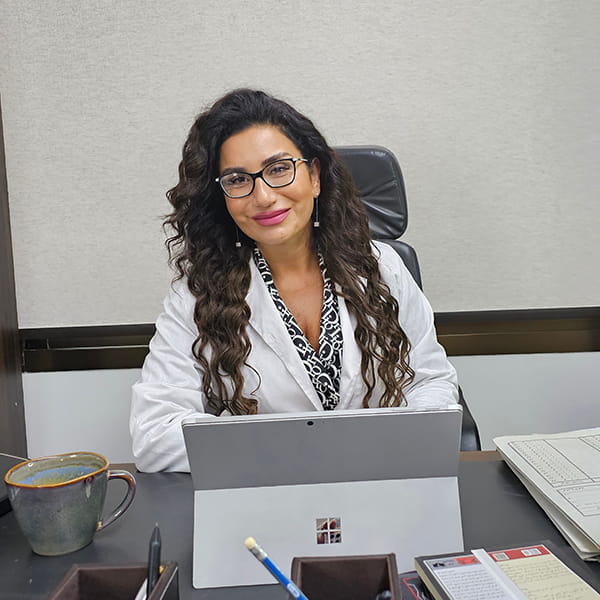By: Dr Carla Kesrouani
Categories:
RTT and Stroke Rehabilitation
Real-Time Therapy (RTT) as a Complementary Therapy for Stroke Rehabilitation
Stroke is a leading cause of disability worldwide, and stroke rehabilitation is a complex and challenging process. While traditional approaches to stroke rehabilitation, such as physical therapy and occupational therapy, are effective, complementary therapies such as real-time therapy (RTT) are emerging as a promising approach to help individuals recover from stroke.
Monitoring Movements
RTT is a type of therapy that uses technology to provide real-time feedback and support to individuals undergoing stroke rehabilitation. This can involve monitoring movements and providing immediate feedback to help individuals make adjustments to their movements and improve their overall function.
Using sensors to track movement patterns
One way that it can be used in stroke rehabilitation is by providing feedback on movement patterns. This can involve the use of sensors and other monitoring devices to track movement patterns and provide immediate feedback on factors such as muscle activation, joint range of motion, and balance. By providing this information in real-time, individuals can make adjustments to their movements and improve their overall function.
Providing Emotional Support
Another way that using RTT in stroke rehabilitation is by providing cognitive and emotional support. Stroke can have a significant impact on cognitive and emotional functioning, and RTT can be used to provide immediate feedback and support to help individuals manage these challenges. For example, using it to provide cognitive exercises that help improve memory and attention or provide emotional support during times of stress or anxiety.
Support individuals undergoing rehabilitation
Using RTT to provide support for individuals undergoing stroke rehabilitation at home. This can involve providing remote monitoring and support to help individuals make adjustments to their rehabilitation program and stay on track with their recovery goals.
Improving Quality of life
While RTT shows promise as a complementary therapy for stroke rehabilitation, needing more research to fully understand its effectiveness. However, preliminary studies have shown that it can help improve function and quality of life for individuals undergoing stroke rehabilitation.
Conclusion
In conclusion, real-time therapy is a promising approach to complement traditional approaches to stroke rehabilitation. By providing immediate feedback and support, it can help individuals make adjustments to their movements, improve cognitive and emotional functioning, and manage the challenges of stroke rehabilitation. As research in this area continues, RTT may become an increasingly important tool in the treatment of stroke and other related conditions.


